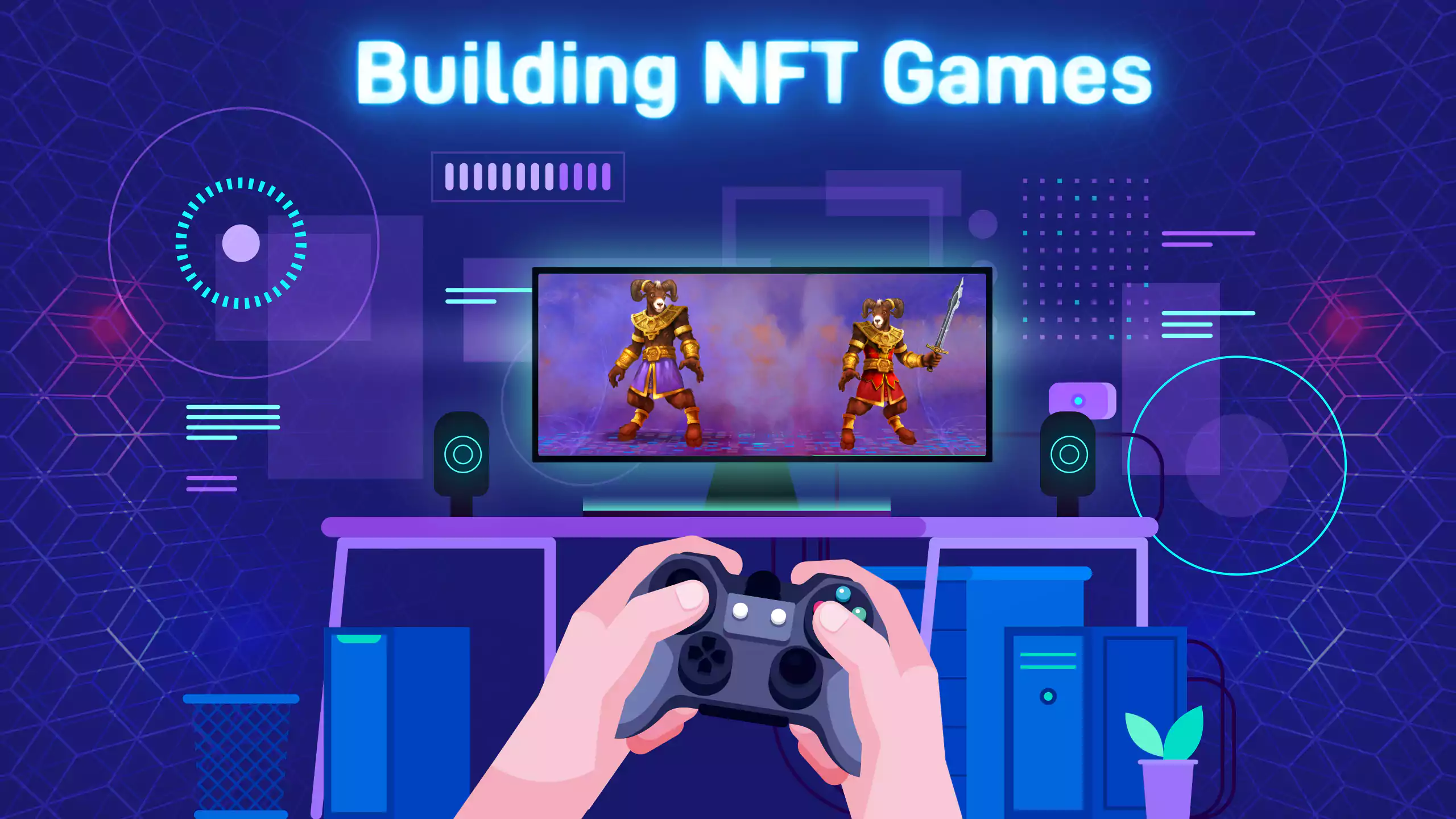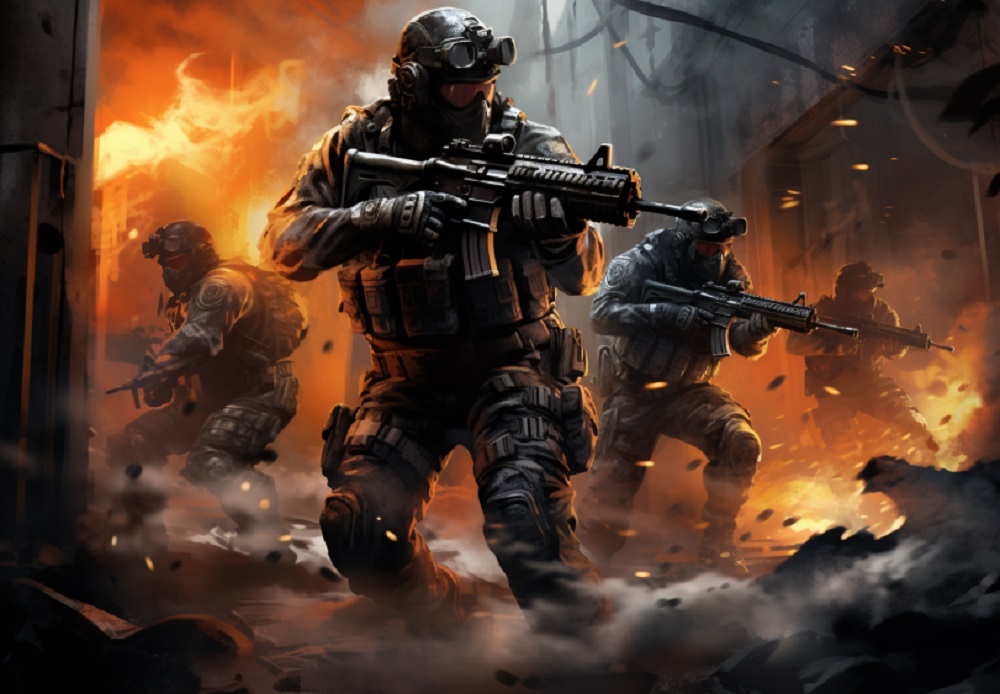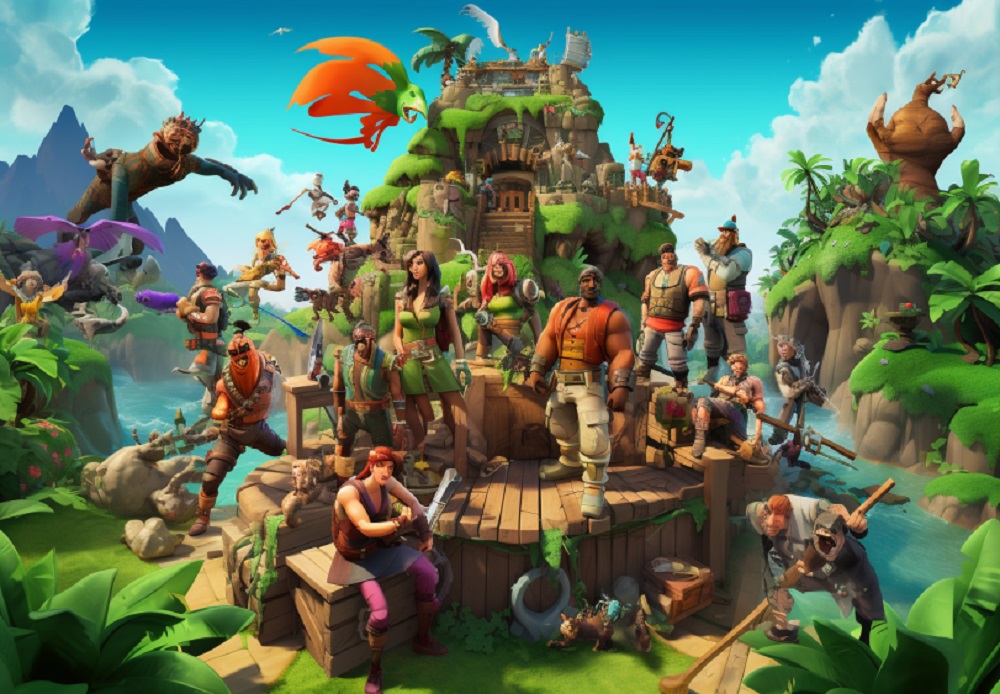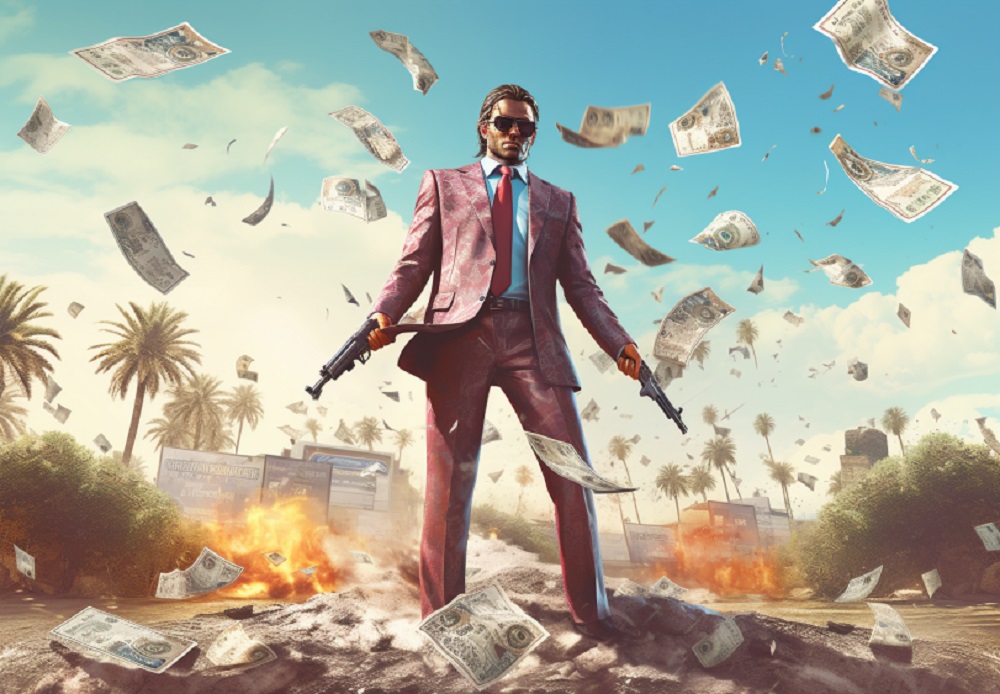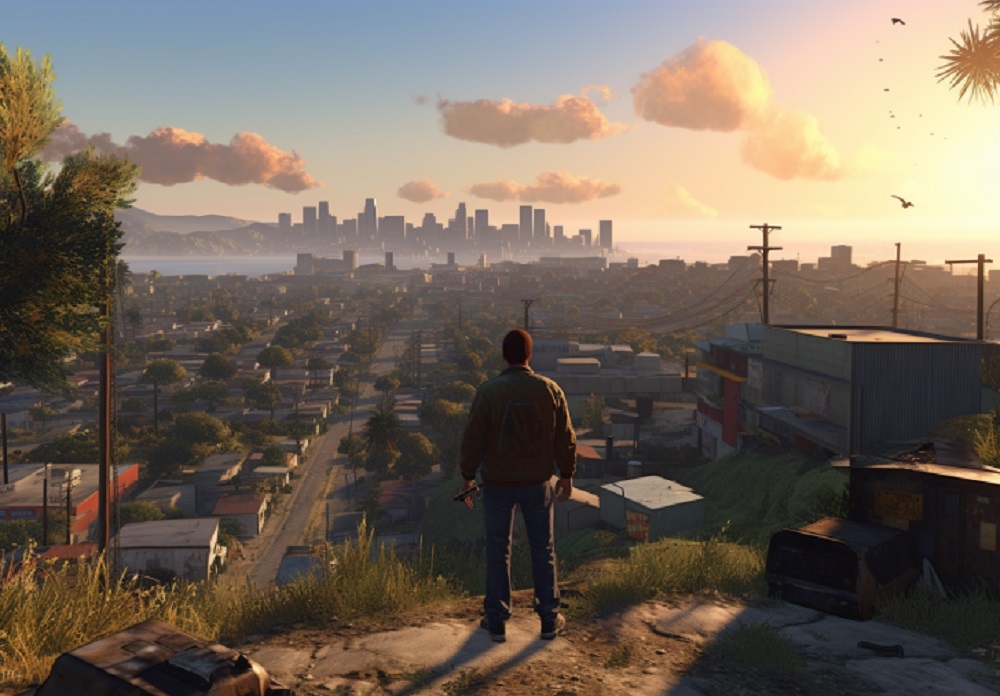Have you ever wanted to build your own NFT game but don't know how to go about it? Hang on, there's a way to go about building games, and there is an even better platform to make your game idea profitable.
Before we digress further, if you just heard the term NFT for the first time, let's go over this magic word. NFTs and NFT gaming have been all the fuss since 2021. They got so widespread that every day seemed dedicated to news of someone splashing $2.7 million on an ugly ape or getting a ticket to a show in the metaverse.
What are NFTs?
NFT stands for Non-fungible Tokens. To explain NFTs, it would help to understand what fungible or fungibility means. Fungibility is an economic term for an item's quality that makes it possible to be substituted for another item of equal value. Two things are fungible if they are identical and can be interchangeable. A box of chocolate from a producer is the same, even if from different stores, same with a dollar bill.
Non-fungible goods, on the other hand, are goods with unique qualities. Hence, they have unique values and cannot be interchanged. An example is a piece of diamond.
Back to NFTs, these are cryptographic tokens that represent ownership of a truly unique item. They can be used as proof of ownership for a physical object in a digital space like the metaverse. An item's qualities to qualify as an NFT include uniqueness and scarcity.
The ownership of the team should also be verifiable. Popular examples of NFTs are images, videos, artworks, GIFs, gaming items, metaverse real estate, digital certificates, metaverse items, and access cards.
NFTs are strapped cryptographically to a blockchain network like Ethereum. In fact, the Ethereum Blockchain pioneered the NFT space. However, more Blockchain networks allow NFTs on their platform now. Different Blockchains operate on different standards.
This could also mean different functions that can be integrated into their Smart Contract. ERC721 is the first and most widely used NFT Smart Contract standard. It allows the assets built on it to be uniquely identifiable, non-duplicatable, and indestructible. The protocol also allows the transfer and tracking of assets across its network.
Some other standards exist, like ERC998 and ERC1155, which, although similar to ERC721, allow both fungible and non-fungible tokens.
One major problem the Ethereum Blockchain has is the high gas fee or transaction charge. This anomaly prompted the famed Cryptokitties game creators to design the Flow Blockchain. Their Blockchain catered to gamers and users interested in crypto collectibles.
Other Blockchains such as Tezos, Palm, and Solana have sprung up to improve the gaming experience and collectibles on Blockchain.As NFTs keep getting mainstream attention, people are exploring different use cases, and NFT games have captured an enormous interest in the public.
In February 2022, Axie Infinity crossed over $4 billion in sales of their NFT collection, earning them the title of most expensive NFT collection.
What is NFT Gaming?
NFT games are built on the Blockchain network, using a play-to-earn model where players can earn or trade collectibles. Within the game, players uncover or buy characters, avatars, and items like a weapon as NFTs.
NFTs can be integrated into games of any genre. Sounds intriguing? To start with, you should understand the basic concepts that make NFT gaming work.
GameFi refers to the combination of Decentralized finance with NFTs. Therefore, players in this space will need to link their cryptocurrency wallets to gain access to the gaming experience. Developers, on their part, deploy smart contracts, which are automated instructions that guide how trade and exchanges will be executed.
Whenever a transaction (trade or exchange) occurs in the game, it is recorded on the Blockchain. Remember the track and transfer quality of the ERC721 platform?
The next thing you want to do is brainstorm the idea you want to make into an NFT game. Inspirations are boundless. You can look at successful game franchises for inspiration, such as Candy Crush, Pokemon Go, and Fortnite.
Some games have also made waves in the NFT space. Examples are Axie Infinity, Cryptoblades, Gods Unchained, Mooncat Rescue, and Sandbox 3D. Take your time to research what type of game you would like to build.
Think across sports, strategy, puzzle, role play, and other genres. In any case, remember that you should infuse the option of using NFT within the game to make it work. After getting that brilliant game idea, you need to know what goes into making an NFT game.
Elements of an NFT Game
NFT games are just like any other video game in their build. The significant difference is that NFT games require connecting to the Blockchain and the GameFi ecosystem. When building your game, you should critically consider these attributes: visual and experience design and software development.
Visual and Experience Design
Every game tells a story. People play games because the game gives them a good experience. So create a script with clarity. Who or what are the characters, and what are their features or attributes that make each unique?
What happens in each scene? If the user takes this action, what should it lead to? You may want to get a game script writer to help you flesh out the script for your game.
After crafting a good storyline for your game, you will need to create the graphics to go with it. This is 2022, and nobody appreciates unprofessional graphics. Even if your game is pixelated like Cryptokitties and Mooncat Rescue, it takes considerable expertise to create something of that standard. Get a 2D or 3D animator, if necessary.
Software Development
This is broken into three aspects: the front-end development, the smart contract, and the back-end development.
Front-end Development
The front-end development gives it the functions you interact with and visual appeal. You can write this part with JavaScript or TypeScript. You also have the options of React, Vue, or Angular as the framework. However, React is the most widely used in building DApps. After creating the front-end, you can host it for free on Netlify.
Crypto wallet
For users to log in or authenticate any transaction in your game, they need to access a crypto wallet. It would be best to adopt a wallet compatible with storing both cryptocurrency and collectibles.
Metamask is the most popular option because of its many advantages. It is non-custodial, which means you are the only entity with access to your keys. It also allows NFT storage. In addition, you can link it to your browser via plugin and web3.js code.
Smart Contract
The smart contract determines the security and quality of your game. Through the smart contract, you set the rule for incorporating and transacting with the NFT. After the user has linked their wallet to the game, the front-end sends their wallet address to the smart contract.
The smart contract now obtains the URL of the NFT belonging to this user from the Blockchain. Through web3.js, you can set parameters such as gas fees and customize functions and transactions. The popular programming languages for creating smart contracts are Solidity, Yul, and Vyper.
Solidity is similar to JavaScript, and Vyper is similar to Python. Yul, on the other hand, is used by experienced software developers. Solidity is the most popular language of the three and has the advantage of abundant resources and materials on the internet.
Back-end Development
You can write the back-end for your NFT game with Node.js. This is helpful if you are familiar with JavaScript. The back-end sends details such as NFT name, ID, and Image URL to the front-end. It uses Chainlink technology to add off-chain data to the on-chain Blockchain while maintaining the decentralized nature of Blockchain.
For a beginner, this may sound like an upheaval task. But if you assemble the right team of designers and developers, you can get it done. You should also choose the right tech stack to create your game from the on-set. You will want to go with a stack that your team finds comfortable. The tech stack is simply the choice of design and development tools to help you achieve your goal.
How to Test Your Game
If you want a game that people will enjoy playing, it is essential that you eliminate any error that will mess up the playing experience. You can run tests on the game to determine points of failure and make amendments before your launch day.
Rinkeby faucet offers a great platform to test all types of NFT games. For your NFT game to function, you have to link it to a Blockchain. You can use Ganache by Truffle to create a decoy Blockchain for the test.
Deploying Your Game for Mainnet
Do a quick check again. Test your game for vulnerability issues. Then, head over to OpenZeppelin to check out their guide on preparing your NFT game for the mainnet. You can send your game off to the Ethereum Blockchain when you have gone through it.
Conclusion
Building an NFT game is not rocket science. It takes a creative idea and a resourceful team to design, develop and bring it to life. Before your launch, it is a great idea to create a community around your project. Start by creating engaging content, joining communities like Discord, and linking up with your friends to get into your first ever NFT game.

